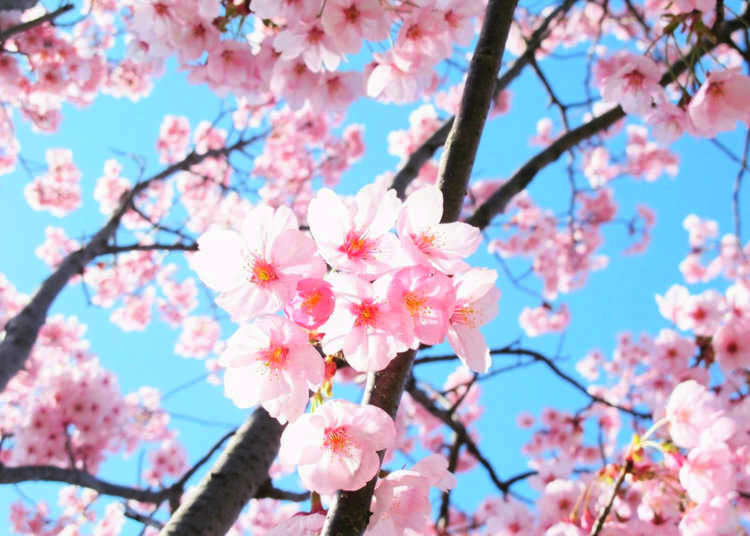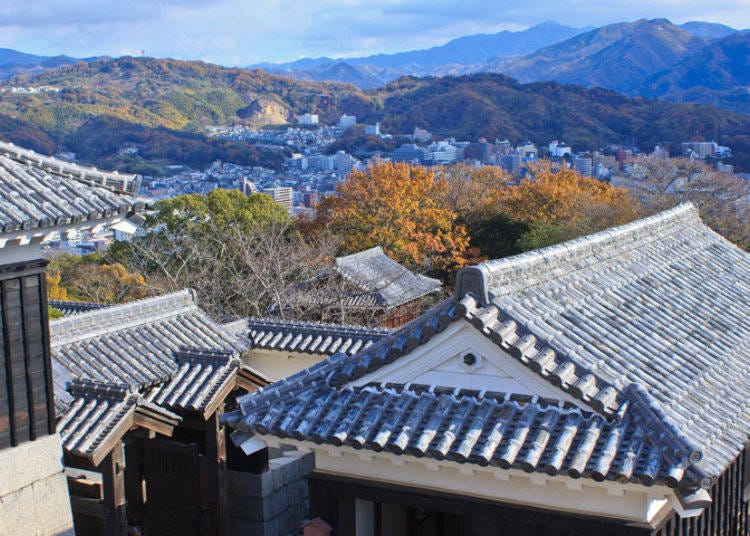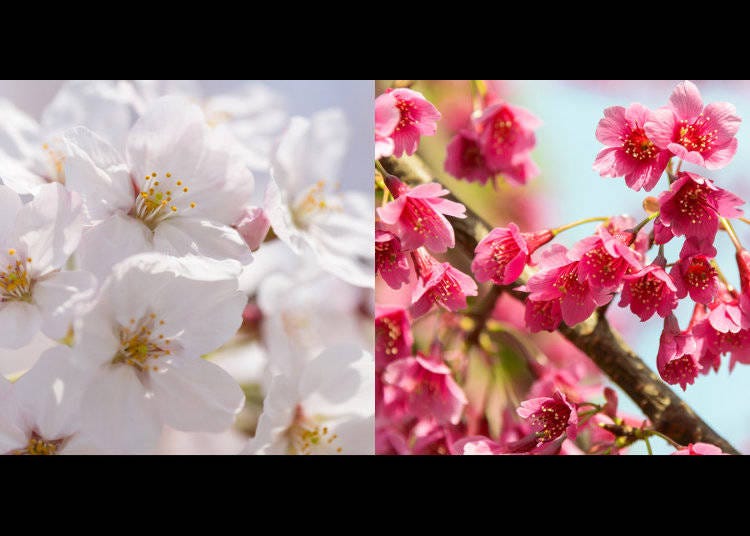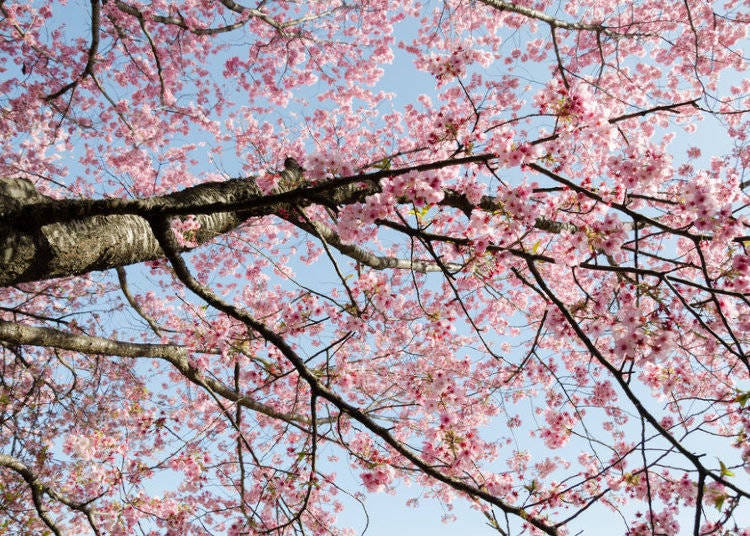
Sakura flowers—the renowned cherry blossom—have always held a very prominent place within Japanese culture. As the symbol of beauty as well as mortality, the philosophy of the pale blossoms could, and does, fill volumes upon volumes of books. And these books could be filled with the stories behind the sakura flowers themselves.
There is a man who has his very own thoughts about the phenomenon of the annual cherry blossom. Following his father’s footsteps, Terumi Takaoka cultivates his own variety of the tree—and sends seedlings all over the world, as symbols of peace and friendship between nations. This particular sakura flower variety is called Yoko, which means “sunlight.” This is the story behind this legendary beauty.
A Wartime Promise: “Let’s meet again, at the cherry tree”

Masaaki Takaoka, Terumi Takaoka’s father, was a teacher at a small agricultural school in a small village in the mountains of Ehime Prefecture (located on the island of Shikoku). He taught students aged between 16 and 19 the ways of agriculture and gardening—until the Second World War struck and his entire class was drafted for military service.
There was a giant cherry tree in the school’s garden and Masaaki told his pupils to make it their goal to return to this very tree. War raged on and in the end, not even half of the students from his former class made it back.
Shocked and saddened by the death of so many of his students, he contemplated on their deaths and why he remained alive but not them—while looking at the cherry tree in the school’s garden. A vision began to form in his mind.
A Resilient Crossbreed: Creating a New Cherry Tree

He wanted to create a new variety of the highly symbolic tree—a kind that could withstand cold as well as hot climates, one that would blossom anywhere virtually on Earth. Cherry trees in remembrance of his fallen students.
After a lot of trial and error, Masaaki Takaoka was on the verge of giving up. It seemed impossible to create such a resilient crossbreed. And yet, just as he was about to give up, he remembered the promise that he made to his students—to meet again under the sakura flowers.
His passion was invigorated once more. After 30 years of experiments with over 200 different species of cherry trees, Masaaki finally found a combination that worked. A crossbreed between the Taiwan Cherry and the Amagi-yoshino is what gave birth to Yoko—the Sunlight Sakura.
It inherited the ability to brave hot and dry climates from the Taiwan Cherry while the Amagi-yoshino makes it resilient in windy and cold weather. This way, the Yoko trees can mourn for his lost students all over the world, no matter where they are planted.
From Battles to Petals, War to Peace

Masaaki sent Yoko sakura seeds to all the places where battles of the Second World War took place and where youths just like his students fought—in China, South Korea, and the Philippines, to name a few. After Masaaki Takaoka’s death, his son Terumi kept his father’s vision alive, donating seeds to places in more than ten different countries and so much more to follow.
Today, the bright pink sakura flower petals have become a symbol of peace, blossoming in places that were once battlefields that have seen the demise of so many people.
These trees have blossomed not only in World War areas, but other areas such as Myanmar and Vietnam are also now home to Yoko Sakura trees. The Sunlight Sakura reminds us of what was lost during darker times – but also represents peace, friendship and solidarity.
*Prices and options mentioned are subject to change.
*Unless stated otherwise, all prices include tax.
Popular Tours & Activitiess
Recommended places for you
-

Jukuseiniku-to Namamottsuarera Nikubaru Italian Nikutaria Sannomiya
Izakaya
Kobe, Sannomiya, Kitano
-
Goods

Yoshida Gennojo-Roho Kyoto Buddhist Altars
Gift Shops
Nijo Castle, Kyoto Imperial Palace
-

Kambei Sannomiyahonten
Yakiniku
Kobe, Sannomiya, Kitano
-

ISHIDAYA Hanare
Yakiniku
Kobe, Sannomiya, Kitano
-
Appealing

Rukku and Uohei
Izakaya
Sapporo / Chitose
-

Kanzenkoshitsuyakinikutabehodai Gyugyu Paradise Sannomiya
Yakiniku
Kobe, Sannomiya, Kitano
-

Tokyo City Pass Upgrade: Harry Potter Studio Tour & Top Sights up to 85% Off
by: Guest Contributor
-

[Extended Offer!](12% OFF KKday Coupon) Mt. Fuji Autumn Leaves, Powder Snow & More! 15 Best Tours to Experience Japan in Fall & Winter
-

Strawberries, Style, and Tokyo’s Coolest Neighborhood: Winter Afternoon Tea in Kichijoji
by: Guest Contributor
-

Keisei × Keikyu 16-Temple Goshuin Tour: Discover Deeper Tokyo & Yokohama
by: Guest Contributor
-
Ad

(Opening in Jan 2026) 'THE SUMO LIVE RESTAURANT HIRAKUZA GINZA TOKYO!' 5 Exciting Ways to Experience the World of Sumo!
-

The Best Japanese Food Representing 2025! 'Dish of the Year®' Annual Award Results Announced
-

Tokyo St. Patrick's Day Weekend 2025 (March 15/16) - Asia's Largest Irish Event!
-

Japan's Mystical Island: 7 Tips for Visiting Hokkaido in Spring
-

Enjoy Golden Week in Kansai: 5 Fun Tours in Osaka & Kyoto to Book Early
-

Visiting the Sacred Japanese Gardens at Entsuin Temple in Matsushima
-

Day Trip from Sapporo to Otaru: Access, Itinerary & Food Guide
by: Guest Contributor
-

Essential Tokyo: The Complete Guide to Ikebukuro Station
- #best sushi japan
- #what to do in odaiba
- #what to bring to japan
- #new years in tokyo
- #best ramen japan
- #what to buy in ameyoko
- #japanese nail trends
- #things to do japan
- #onsen tattoo friendly tokyo
- #daiso
- #best coffee japan
- #best japanese soft drinks
- #best yakiniku japan
- #japanese fashion culture
- #japanese convenience store snacks












